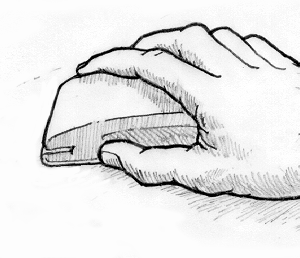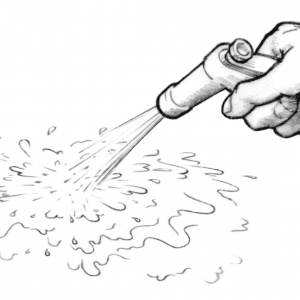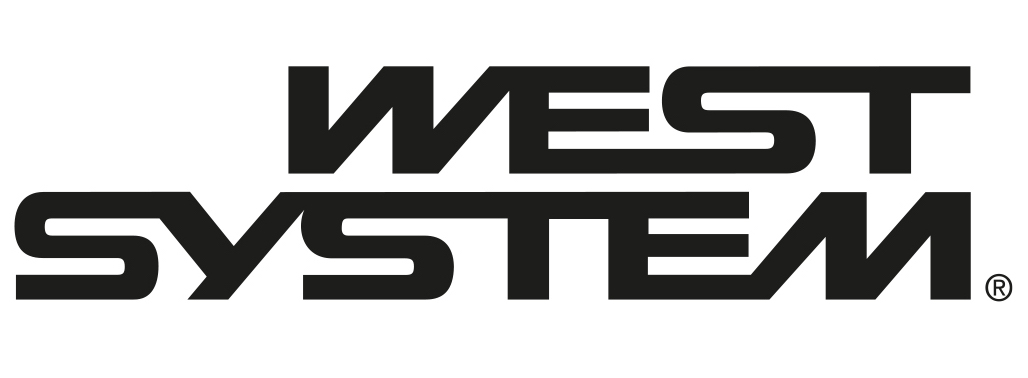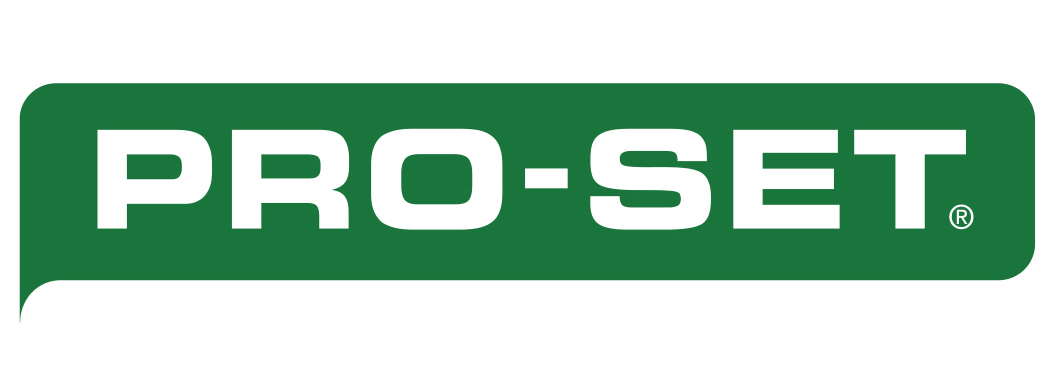How to use WEST SYSTEM Epoxy
Final Surface Preparation
Final surface preparation for WEST SYSTEM projects
Once the final coat has cured overnight, it is time to wash and abrade the surface to prepare for the final finish.
Correct finishing techniques will not only add beauty, but will also protect surfaces from ultraviolet light which will break down the epoxy over a long period of time. The most common methods of finishing are painting or varnishing. These coating systems protect the epoxy from ultraviolet light and require proper preparation of the surface before application.
Preparation for the final finish is just as important as it is for recoating with epoxy. The surface must be clean, dry and sanded and free of amine blush.
1. Allow the final epoxy coat to cure thoroughly
2. Wash the surface
Clean the working surface with an abrasive pad and water to remove the amine blush. Dry with paper towels.
3. Sand to a smooth finish
If there are runs or sags, begin sanding with 80-grit paper to remove the highest areas. Sand until the surface feels and looks fair. Complete sanding with the appropriate grit for the type of coating to be applied – check coating instructions. Paint adhesion partly relies on the mechanical grip of the paint keying into the sanding scratches in the surface of the epoxy. If a high-build or filling primer is to be applied, 80-100 grit is usually sufficient. For primers and high-solids coatings, 120-180 grit may be adequate. Finishing with 180-grit paper is often recommended for coatings with high-gloss finishes. Grits finer than this may not provide enough ‘tooth’ for good adhesion and may promote sags and runs. Always follow the paint manufacturer’s recommendations for surface preparation. Wet sanding is preferred by many people because it reduces sanding dust and in addition, steps 2 and 3 above become one operation.

Sand to a smooth finish
4. When the surface is fair, rinse with fresh water
When satisfied with the texture and fairness of the surface, rinse the surface with fresh water which should flow evenly without beading or fish-eyeing. If the rinse water forms into droplets or beads (a sign of contamination), wipe the area dry with a paper towel, then wet sand again until all water droplets are eliminated.

Rinse the surface with fresh water after sanding.
Proceed with the final coating after the surface has dried thoroughly. To reduce the possibility of contamination, it is advisable to begin coating within 24 hours of the final sanding. Follow the paint manufacturer’s instructions, but we suggest making a test panel to evaluate the degree of surface preparation required and the compatibility of the finish system.




